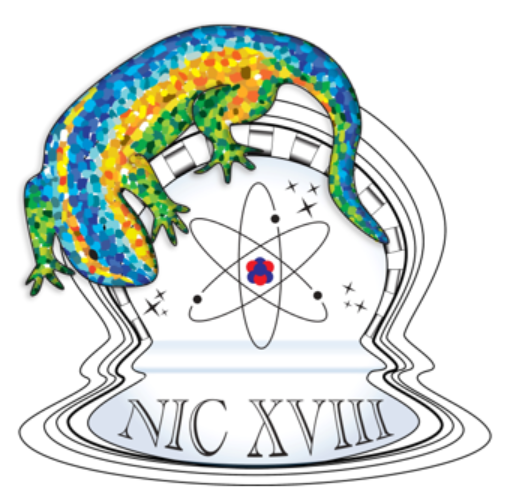https://doi.org/10.1140/epjd/e2003-00215-5
Prospects for forbidden-transition spectroscopy and parity violation measurements using a beam of cold stable or radioactive atoms
Laboratoire Kastler Brossel (Laboratoire de l'École
Normale Supérieure associé au CNRS (UMR 8552) et à
l'Université Pierre et Marie
Curie.) , Département de
Physique de l'École Normale Supérieure,
24 rue
Lhomond, 75231 Paris Cedex 05, France
Corresponding author: a marianne@lkb.ens.fr
Received:
5
March
2003
Published online:
17
July
2003
Laser cooling and trapping offers the possibility of confining a
sample of radioactive atoms in free space. Here,
we address the
question of how best to take advantage of cold atom properties to
perform the observation of as highly forbidden a line
as the 6S-7S Cs transition for achieving, in the longer term, atomic
parity violation (APV) measurements in radioactive alkali
isotopes. Another point at issue is whether one might do better with
stable, cold atoms than with
thermal atoms. To compensate for the large drawback of the small
number of atoms available in a trap, one must take
advantage of their low velocity. To lengthen the time of interaction
with the excitation laser, we suggest choosing a geometry
where the laser beam exciting the transition is colinear to a slow,
cold atomic beam, either extracted from a trap or prepared
by Zeeman slowing. We also suggest a new observable physical quantity
manifesting APV, which presents several
advantages: specificity, efficiency of detection, possibility of
direct calibration by a parity conserving quantity of a similar
nature. It is well adapted to a configuration where the cold atomic
beam passes through two regions of transverse, crossed electric
fields, leading both to differential measurements and to strong
reduction of the contributions from the
M1-Stark interference signals, potential sources of systematics in
APV measurements. Our evaluation of
signal-to-noise ratios shows that with available techniques, measurements of
transition amplitudes, important as required tests of
atomic theory, should be possible in 133Cs with a statistical
precision of 10-3 and probably also in Fr isotopes for
production rates of  Fr atoms s-1. For APV
measurements to become realistic, some practical realization of the
collimation of the atomic beam as well as multiple passages of the
excitation beam matching the atomic beam looks essential.
Fr atoms s-1. For APV
measurements to become realistic, some practical realization of the
collimation of the atomic beam as well as multiple passages of the
excitation beam matching the atomic beam looks essential.
PACS: 32.80.Ys – Weak-interaction effects in atoms / 32.70.Cs – Oscillator strengths, lifetimes, transition moments / 32.80.Pj – Optical cooling of atoms; trapping / 39.90.+d – Other instrumentation and techniques for atomic and molecular physics
© EDP Sciences, Società Italiana di Fisica, Springer-Verlag, 2003







